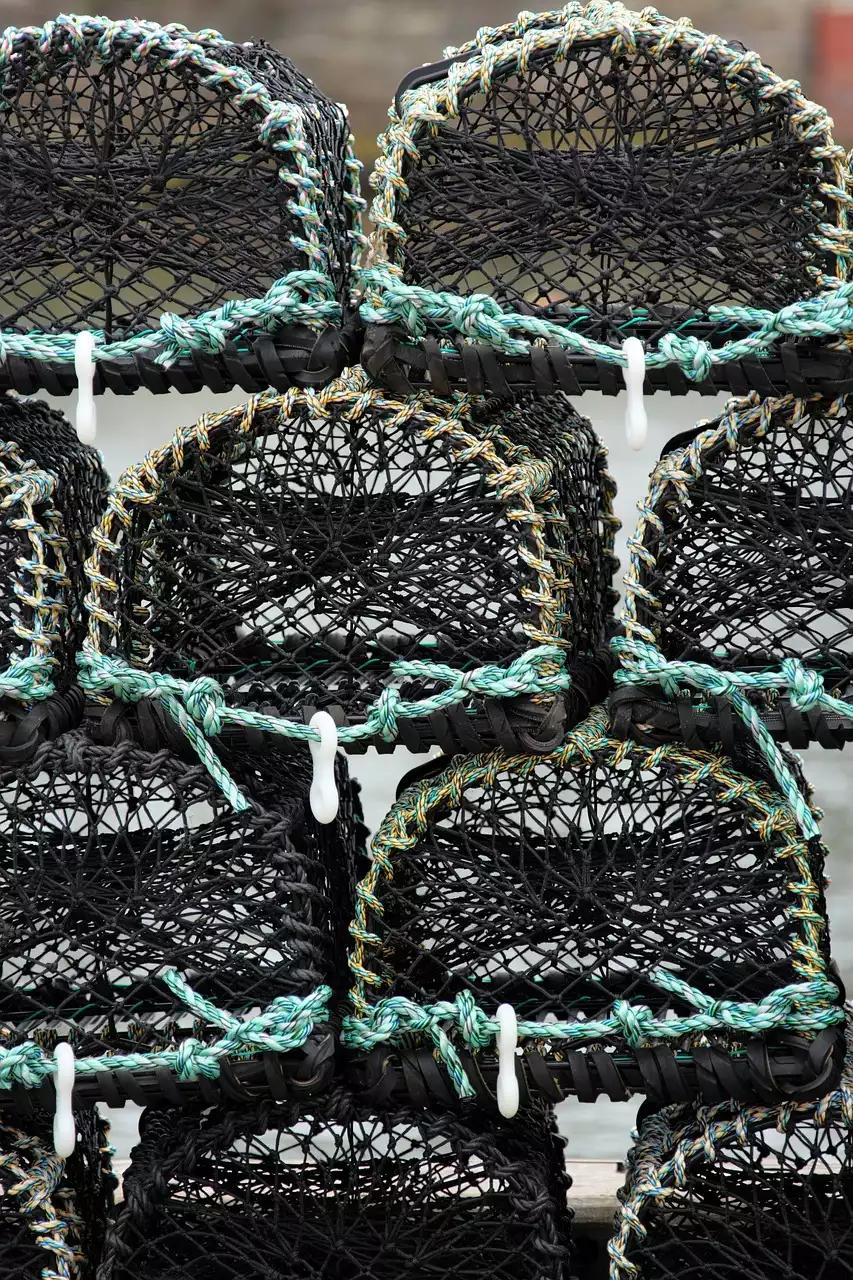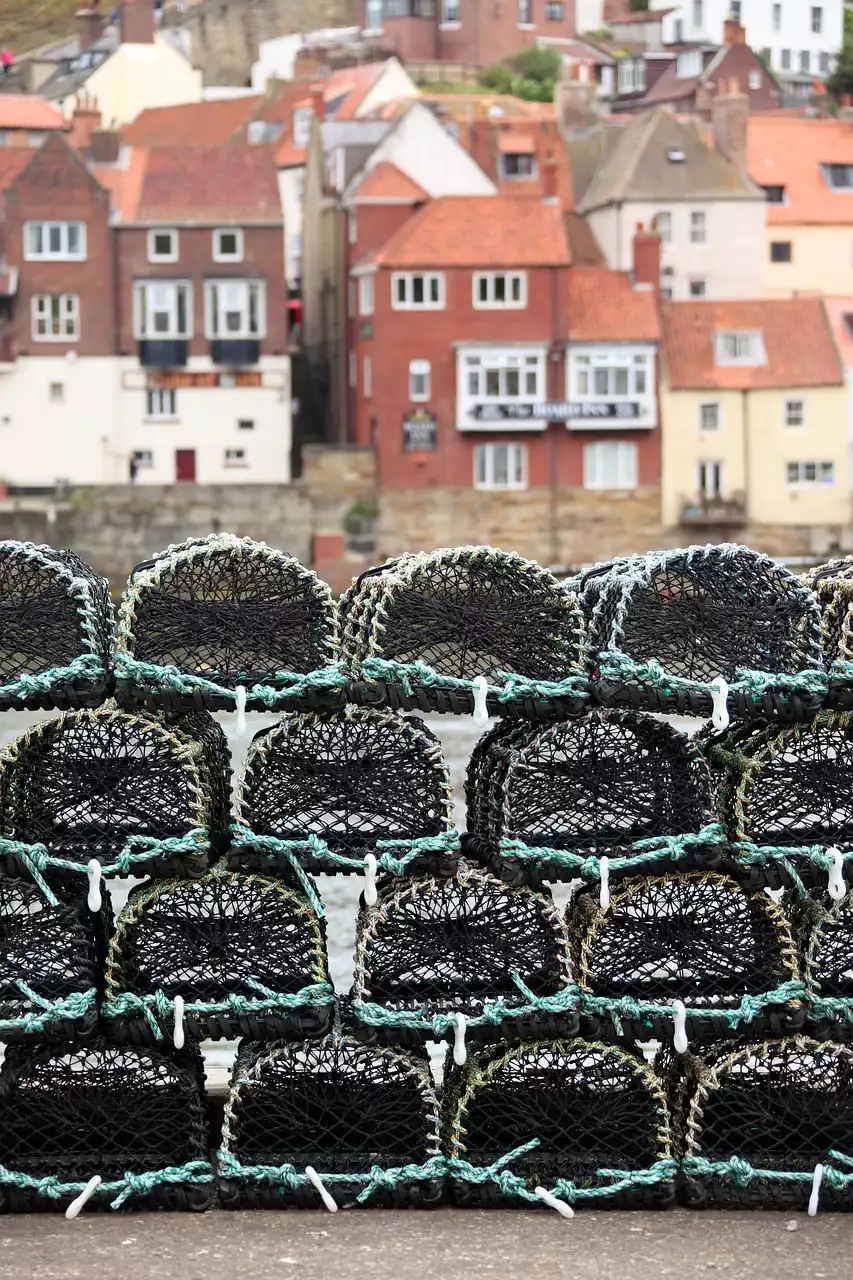How Fly Fishing Works
At the core, fly fishing is about imitating aquatic insects and fish that the trout would eat in nature. The trout swims up to the fly, gobbles it up, and is promptly hooked. This is a very different approach than bait fishing, which uses food that’s already been caught to attract more fish. It’s important to note that fly fishing can also be used to catch other species of fish, including bass, salmon, and steelhead. You’ll need to adjust your approach and fly selection depending on what you’re targeting. The major steps of the fly fishing process are:
Choosing a Fly
- You can use flies designed to imitate aquatic insects, baitfish, or crustaceans.
Positioning the Fly
- Next, you’ll need to position your fly correctly in the water. If you don’t, the fish won’t be able to see it or eat it.
Casting the Fly
- After your fly is in place, it’s time to cast the fly. This is when you’ll use the fly rod to toss your line and fly out into the water.
Playing the Fish
- If you’ve done everything correctly, you’ll soon feel a tug on your line this is a sign that you’ve hooked a fish. You’ll need to play the fish strategically in order to reel it in without breaking the line or harming it.
Gear and Terminology
Fly fishing gear is complex and specialized, but the basics are very simple. First, you’ll need to choose a rod the fly rod is lightweight, flexible, and capable of casting a heavy line. Next, you’ll need to choose a reel this is where you’ll store the line and reel it in as you fish. After that, you’ll need to choose a line this is the static part of the rig and is crucial for catching fish. As for terminology, fly fishing has its specific lexicon that you’ll need to learn before getting started. These include basic fly fishing terms like the fly line, leader, and fly rod, as well as complex topics like the fish’s feeding habits, the water’s depth and speed, and the water’s visibility.
Casting Motion
Casting is one of the most important aspects of fly fishing, and you’ll need to do it right to catch fish. The main goal of casting is to send your fly as far as possible while also making sure that it doesn’t end up in another fisherman’s line. There are two main types of casts: the forward cast, in which you throw the line out in front of you and bring it back towards you; and the back cast, in which you throw the line behind you and bring it back towards you. Once you’ve completed the casting motion, it’s time to reel in and reset for another cast.
Fly Fishing Techniques
Once you’ve got your gear and you’ve mastered the casting motion, it’s time to fish. When fly fishing, you’ll need to take into account the water you’re fishing, the season, the weather, and more. For example, if you’re fishing in the early spring, you’ll need to imitate the aquatic insects that trout feed on during that time of year. If you’re fly fishing in the fall, however, you’ll want to imitate the insects that trout feed on during that time of year. If you’re fly fishing in the winter, you don’t need to do anything special trout are dormant at that time of year and are not feeding at all.
Types of Streams for Fly Fishing
There are many different types of streams where fly fishing can be done. The major factors that determine what type of water you can fish include water speed, water depth, current, and more. You’ll need to consider these when selecting the right fly for a given stream and fishing technique. In general, however, there are two types of streams where fly fishing is most common: freestone streams and tailwater streams. Freestone streams are characterized by steady flows, medium depths, and medium currents. Tailwater streams, on the other hand, are characterized by slower flows, deeper depths, and slower currents.
Fly Fishing Etiquette
Before you even begin to think about fly fishing, you’ll need to make sure that you’re practicing good etiquette. Though fly fishing is a challenging and rewarding sport, it’s also something that many other people enjoy doing. When you’re fly fishing, you’re sharing the water with these people so it’s important to make sure that you’re respectful and courteous. Before you go out, make sure you know the local regulations and abide by them. You should also keep in mind that certain fishing seasons are more crowded than others. Also, make sure that you are aware of the environment you are fishing in and try to leave it as unspoiled as possible. If you see trash on the ground near where you’re fishing, make sure to pick it up and throw it away. Don’t pollute the water with your bait or your used line, and make sure to dispose of it properly. Finally, make sure to be as quiet as possible when you’re fly fishing. This will help you avoid spooking the fish around you.
How to Become a Good Fly Fisherman
If you’re interested in becoming a good fly fisherman, you’ll first need to make sure that you have the right gear. You’ll also need to practice your casting motion and fishing techniques, both at home and while out on the water. Once you’ve mastered the basics, you can move on to more advanced techniques and fly-fishing strategies. If you’re interested in fly fishing, nothing is stopping you from picking up a rod and getting started.








